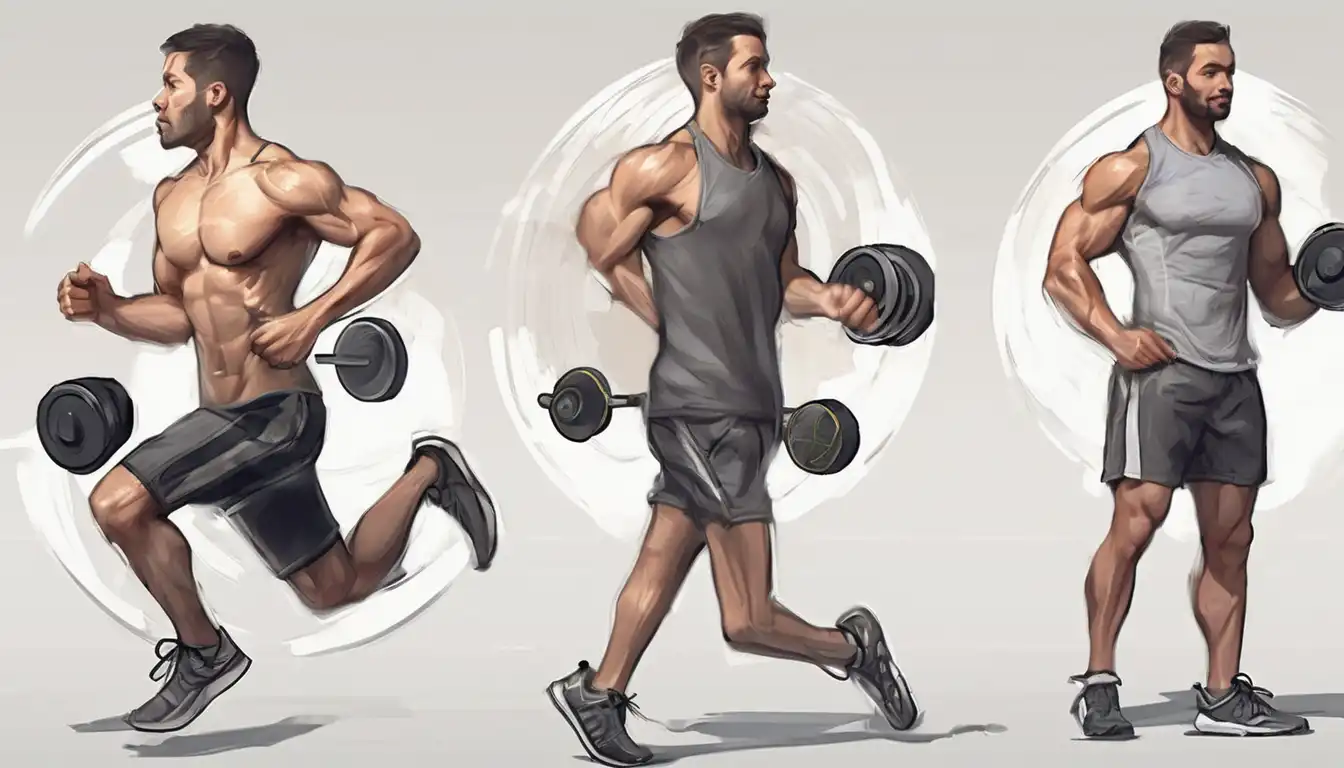Getting Started with Your Fitness Journey
Embarking on a fitness journey can feel overwhelming, but with the right approach, anyone can build a sustainable routine that delivers real results. Whether you're looking to lose weight, build strength, or simply improve your overall health, this comprehensive guide will walk you through every step of creating and maintaining an effective fitness plan.
Why Starting a Fitness Routine Matters
Regular exercise offers numerous benefits beyond physical appearance. Consistent physical activity can boost your energy levels, improve mental health, reduce stress, and lower your risk of chronic diseases. Many beginners find that once they establish a routine, they experience better sleep, increased confidence, and improved overall quality of life. The key is starting with realistic expectations and building gradually.
Assessing Your Current Fitness Level
Before diving into any workout program, it's crucial to honestly evaluate your current fitness level. Consider factors like your endurance, strength, flexibility, and any physical limitations. If you haven't exercised regularly, start with low-impact activities and shorter durations. Remember that everyone begins somewhere, and progress happens at different rates for different people.
Setting Realistic Fitness Goals
Effective goal-setting is the foundation of any successful fitness routine. Instead of vague objectives like "get fit," create SMART goals: Specific, Measurable, Achievable, Relevant, and Time-bound. For example, "I will walk 30 minutes, 4 times per week for the next month" is much more effective than a general intention to exercise more. Track your progress using a fitness journal or mobile app to stay motivated.
Choosing the Right Type of Exercise
Different exercises serve different purposes, and the best routine incorporates variety. Consider including these essential components:
- Cardiovascular exercise: Improves heart health and burns calories (walking, cycling, swimming)
- Strength training: Builds muscle and increases metabolism (bodyweight exercises, resistance bands)
- Flexibility work: Enhances mobility and prevents injury (stretching, yoga)
Creating Your Weekly Workout Schedule
A balanced weekly schedule might include 3-4 days of cardio, 2-3 days of strength training, and daily flexibility work. Start with shorter sessions (20-30 minutes) and gradually increase duration and intensity. Remember to include rest days—they're essential for muscle recovery and preventing burnout. Consistency matters more than intensity when you're starting out.
Essential Equipment for Beginners
You don't need an expensive gym membership to get started. Many effective workouts require minimal equipment. Consider investing in:
- Comfortable athletic shoes appropriate for your chosen activities
- Exercise mat for floor work and stretching
- Water bottle to stay hydrated
- Resistance bands for strength training
- Comfortable workout clothing
As you progress, you might add dumbbells or other equipment, but these basics will serve you well initially.
Proper Form and Technique
Learning correct form is crucial for preventing injuries and maximizing results. If you're new to strength training, consider working with a personal trainer or using reputable online resources to learn proper techniques. Focus on quality over quantity—better to perform fewer repetitions with good form than many repetitions incorrectly. Pay attention to your body's signals and stop if you feel sharp pain.
Nutrition and Hydration Basics
Exercise and nutrition work together to support your fitness goals. Stay hydrated by drinking water before, during, and after workouts. Fuel your body with balanced meals containing lean proteins, complex carbohydrates, and healthy fats. Avoid exercising immediately after large meals, and consider a small snack about 30-60 minutes before your workout for energy.
Staying Motivated and Overcoming Plateaus
Motivation naturally fluctuates, so having strategies to stay consistent is important. Try these techniques:
- Find an exercise buddy for accountability
- Vary your routine to prevent boredom
- Set small milestones and celebrate achievements
- Track your progress visually with photos or measurements
- Remember why you started when motivation wanes
Plateaus are normal—when progress stalls, consider changing your routine, increasing intensity, or focusing on different fitness aspects.
Common Beginner Mistakes to Avoid
Many newcomers make similar errors that can hinder progress or lead to injury. Be mindful of these common pitfalls:
- Starting too aggressively and risking burnout or injury
- Comparing your progress to others
- Skipping warm-ups and cool-downs
- Neglecting proper nutrition and hydration
- Expecting immediate results
- Ignoring pain or discomfort
When to Seek Professional Guidance
If you have pre-existing health conditions, injuries, or specific fitness goals, consulting with healthcare providers or fitness professionals can provide personalized guidance. Many gyms offer introductory sessions with trainers, and online resources can provide valuable information for safe exercise practices.
Building Long-Term Habits
The ultimate goal is making fitness a sustainable part of your lifestyle. Focus on developing habits rather than pursuing short-term fixes. Consistency over time yields the best results. Remember that rest days, proper nutrition, and listening to your body are all part of a balanced approach to fitness.
Starting a fitness routine is one of the most rewarding investments you can make in your health. By following these guidelines and maintaining patience with yourself, you'll build a foundation for lifelong fitness success. Every workout brings you closer to your goals, and the benefits extend far beyond physical changes to encompass improved mental wellbeing and quality of life.
